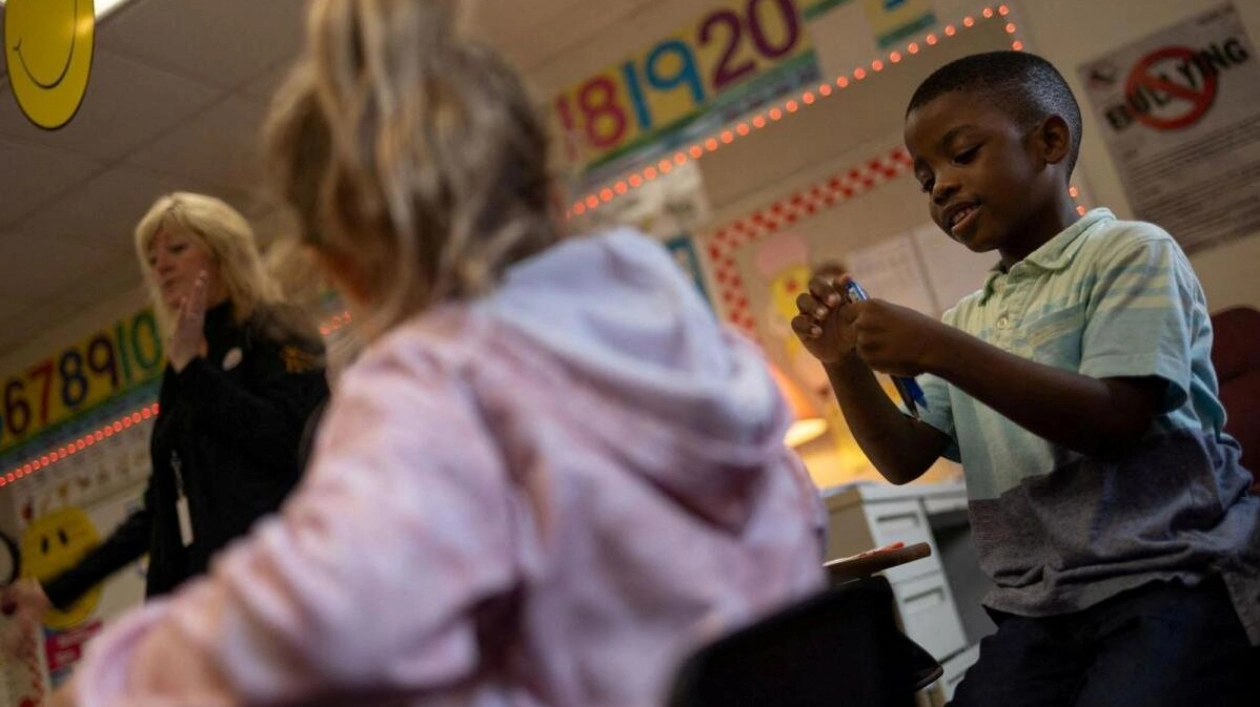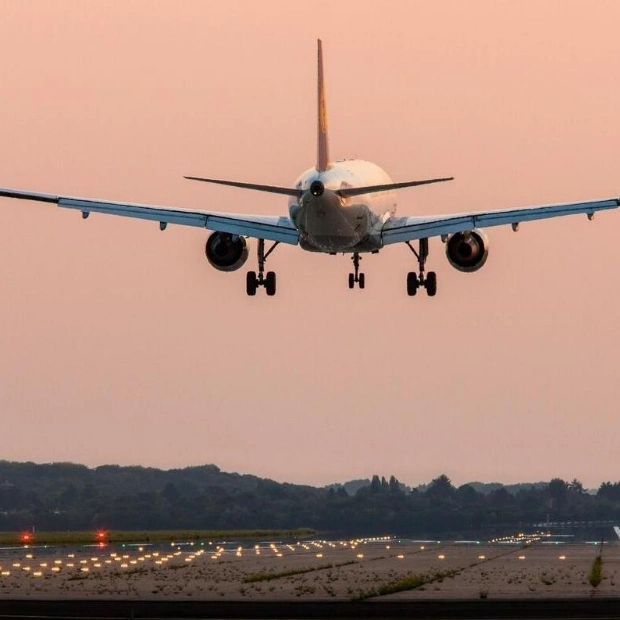Dana Smith, a first-grade teacher at the public school in Charleroi, Pennsylvania, faced a new challenge last year: a significant increase in Haitian students who did not speak English. She began using a translation app for her lessons, but the frequent interruptions frustrated her and raised concerns among some parents about the impact on native English-speaking students.
The influx of migrant children into U.S. schools has been substantial, with over half a million arriving since 2022. This surge has strained resources, exacerbated overcrowding, and created language barriers, leading to social tensions in communities not accustomed to educating immigrant students.
A Reuters survey of 75 school districts, serving 2.3 million children, found that a third reported a significant impact from the increase in immigrant children. The survey, conducted across 23 states, highlighted the challenges faced by schools, including the need for more ESL teachers and interpreter services.
Political rhetoric around immigration has intensified, with Donald Trump using Charleroi as an example of the negative impacts. However, many districts have reported that the newcomers have enriched their school communities, bringing new perspectives and resilience.
Despite the challenges, some schools have made progress. In Charleroi, teachers like Dana Smith have adapted their methods, pairing students and using physical cues to aid learning. The situation has improved, with students showing significant progress in their language skills.
Bridget DeFazio, a teacher at Charleroi High School, has found the new dynamic challenging but rewarding. She now teaches ESL classes in addition to French, helping Haitian students integrate into the school community.






